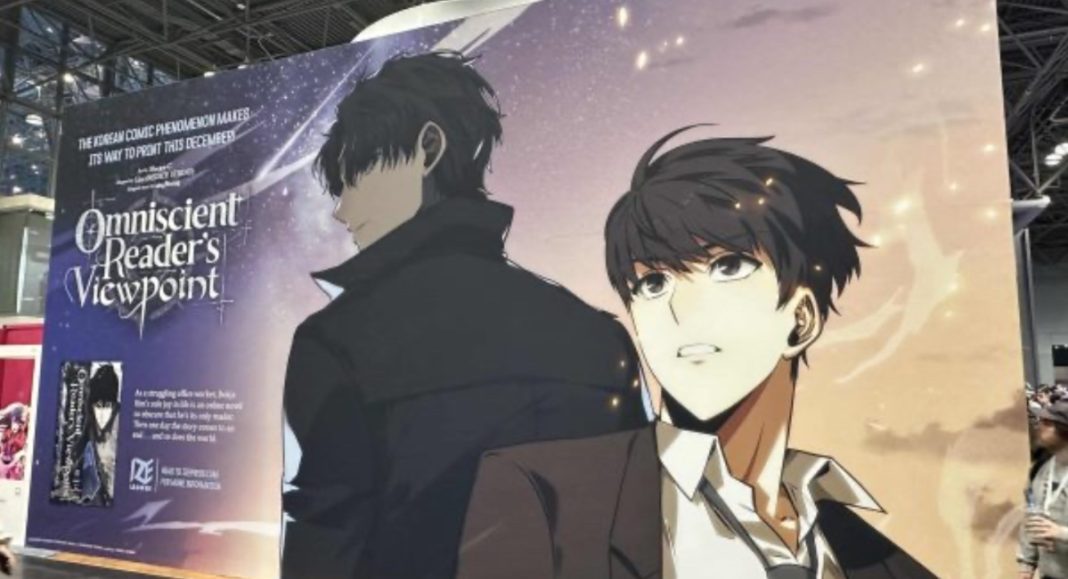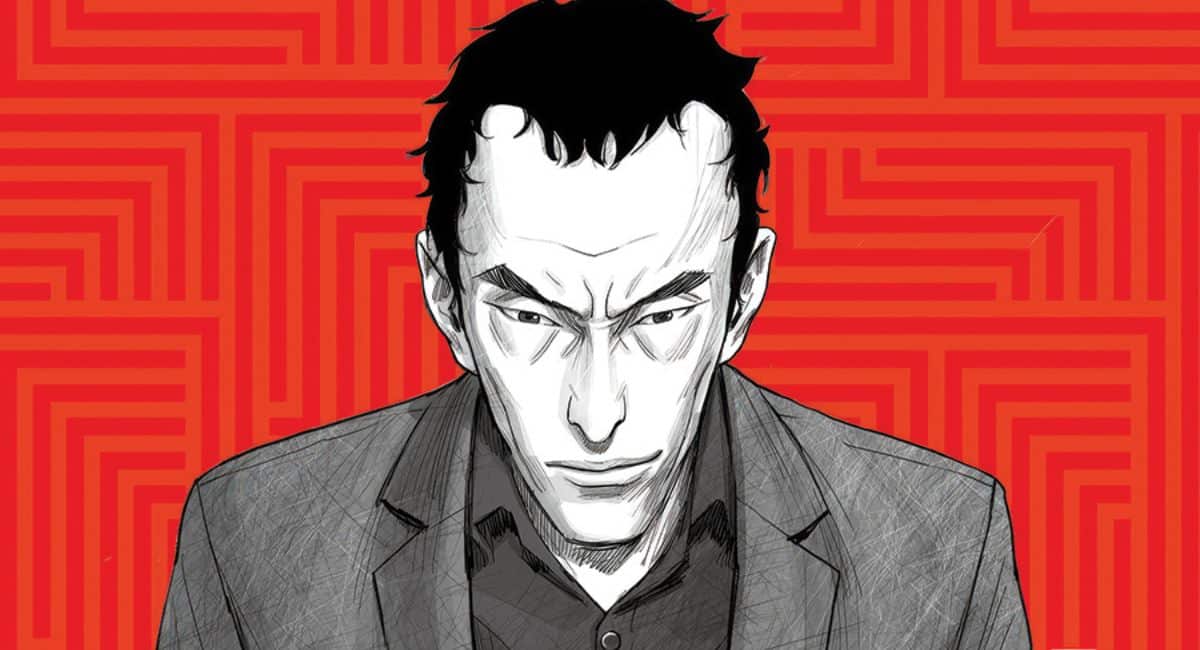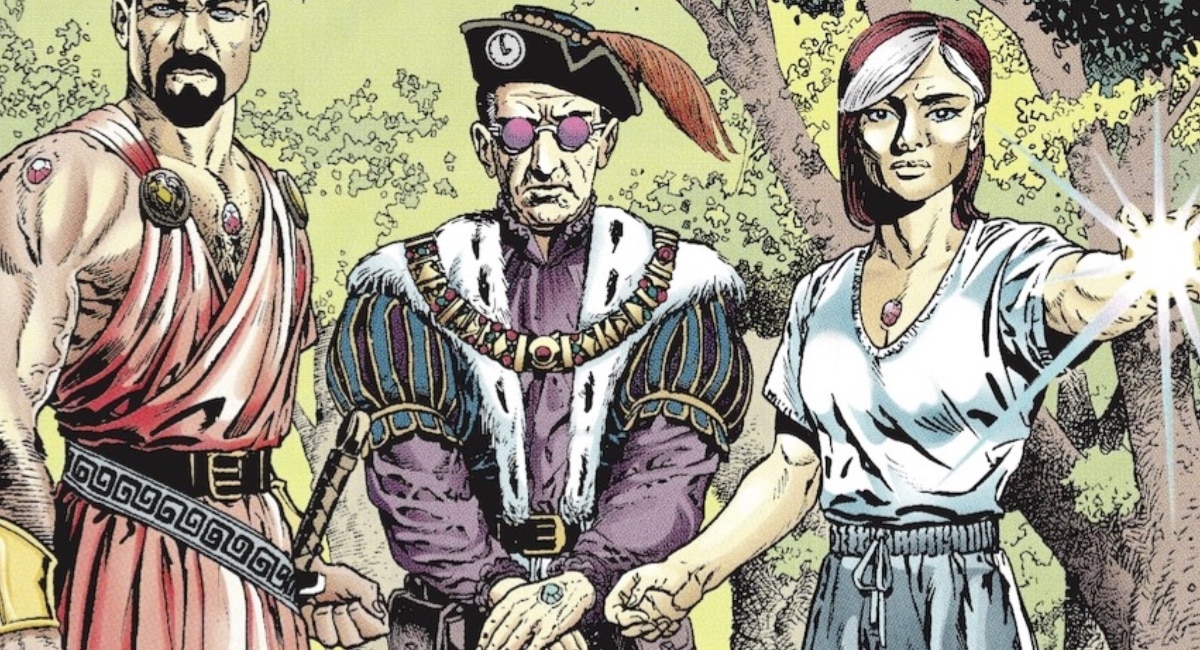At AnimeNYC 2023, The Beat had the opportunity to sit at a roundtable interview with Sleepy-C, the Omniscient Reader’s Viewpoint artists, published online by Naver WEBTOON and coming to print on December 12 from IZE Press. It is regarded as one of the more successful webtoon titles internationally, with 286.4 million views, 3 million followers, and an average user rating of 9.9/10 on the global online platform.
Below is a transcription of the interview that’s been edited for clarity and length.
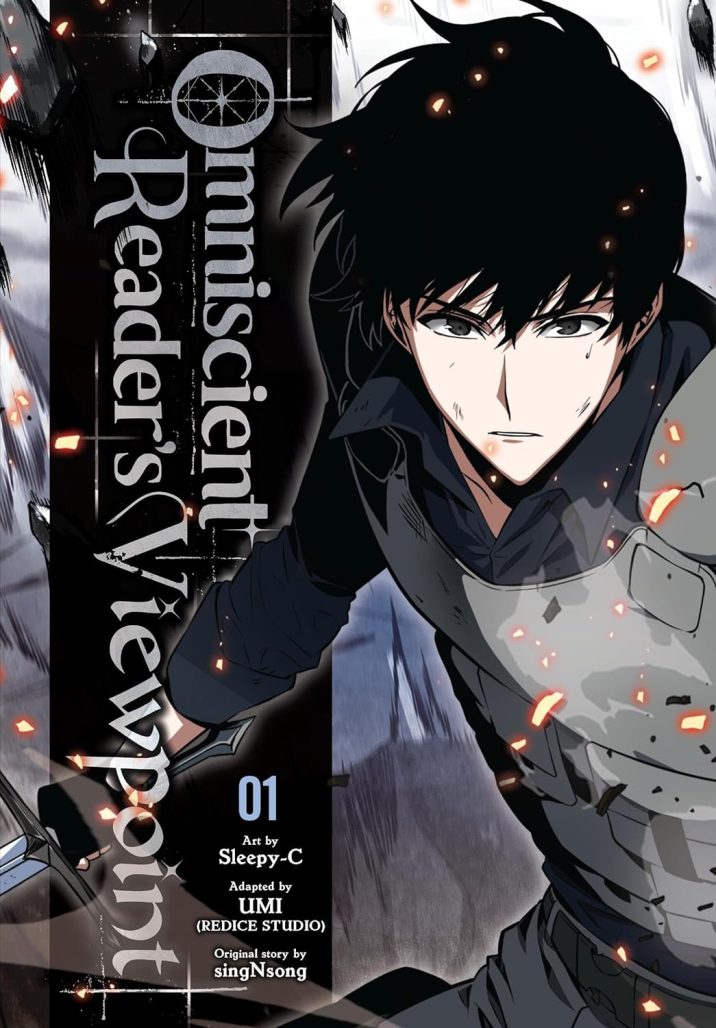
QUESTION: How did you get started drawing? At what point do you feel you settled into your own distinct style?
A: I can thank all the comics from my early childhood because my home environment was very open to things like comics, caricatures, etc. Because of that, when I could grab a pen or pencil, I could draw. That was my beginning stage, and the state of my drawing isn’t completed yet–however, I’ve gotten a lot of compliments and encouragement from friends and family, which is why I’ve gotten this far.
Q: Are there any web novels whose plots you wouldn’t mind experiencing in your life?
A: Since I’ve been doing ORV, I really wanted to experience the story.
Q: What would you do differently if you were the main character? Dokja has all this knowledge from the story that informs his decisions, but would you do anything differently?
A: This might sound out of nowhere, but we once had a discussion with our team members. In the novel, on the subway, there is a scene where they have to kill life to survive the scenario. The characters survived by killing insects, but what if they could have removed germs and bacteria instead of killing people?
Q: That’s really clever! Maybe you should do more writing! [Sleepy-C laughs.] Do you hope to see ORV animated someday? Do you have any ideas of studios or actors you want to see work on the property?
A: I would be grateful just selling well enough to get an animated series. I don’t have any studios or directors in mind. My main concern would be that whoever works on the property understands it. If an adaptation is made by people who know the characters and story of ORV and stay true to that knowledge and experience, I would be happy and grateful.
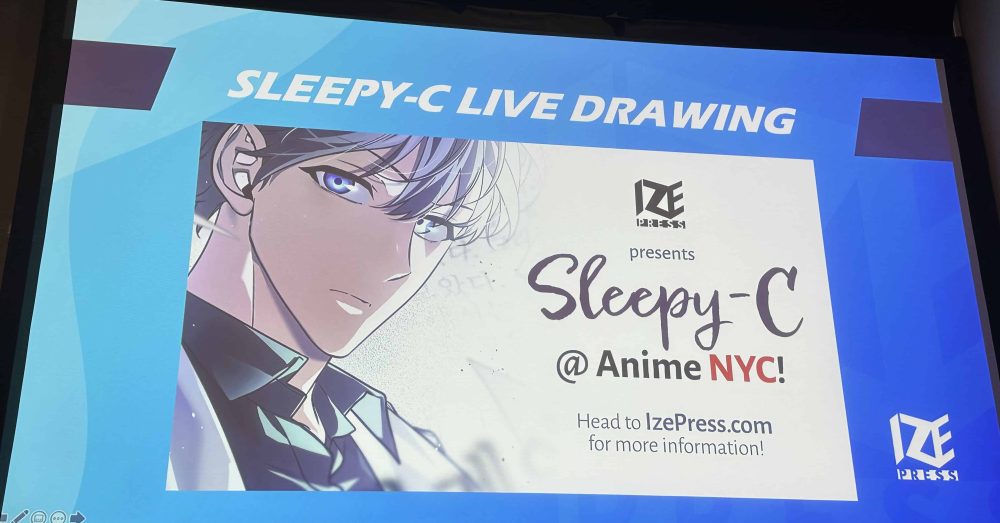
Q: The WEBTOON is produced by REDICE Studio. Could you tell us how you became a part of that?
A: So, Sleepy-C is the name of the team, right? This team belongs to Studio 3B2S and is in charge of creating artwork for REDICE Studio. Before becoming part of ORV’s team, I worked for 3B2S and helped with artwork on Tomb Raider King. As I worked on that series, the main director gave a good evaluation of my work, and I became a part of Sleepy-C as a main artist on that team. I really appreciated that and was grateful for the opportunity.
Q: The credits for the series include “Art by Sleepy-C,” “Adapted by UMI,” and “Original Work by singNsong.” Can you explain how this creative process works? I wasn’t aware until today that Sleepy-C is not just one person but a team, so can you clarify that a bit?
A: There are many different stages in the process. It starts with the writer finishing her job, and then Sleepy-C begins with the artwork. We start with a production meeting and set the episode’s direction with storyboards. The pre-production team has a meeting to take out all of the characters, 3D models, and all the materials and designs for the story that will be needed.
Then, the drawing and coloring teams will draw the characters before the background team begins to apply their wonderful work. The producer will then add the script. We have a polishing team that finalizes and finishes the first stage of completed work. After that, we have another meeting with our director to see if we need to correct or modify anything.
Q: I think we’re struggling to understand the WEBTOON production system because it’s completely different from comics creation in the US and from manga in Japan. We are used to it being mainly one person’s vision, sometimes with assistants.
A: We start with what we call thumbnails or storyboards. That’s usually one person. That’s how we get the story from text to page. Then, different teams divide the art, from character designs to backlighting and coloring. These are all separate teams, but the head of the studio is who you can think of as the director overseeing the whole process. So, it’s a process in the middle of comics and animation production.
Q: What is your main role in this production process?
A: I am the main art director for all of the teams involved. I draw the main character’s artwork and give direction to help the others match the vision we have in mind for the comic, whether it’s backgrounds, lighting, or a character’s pose or expression.
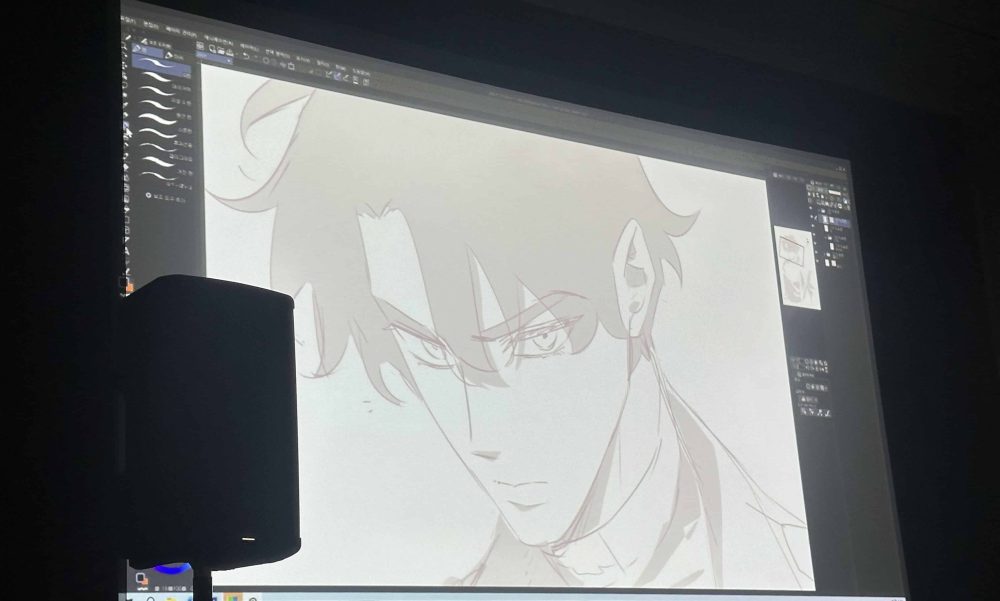
Q: Thank you. We want to appreciate your creative contribution, but, in America, we haven’t had many chances to learn how the production process works! How do you feel about being in charge of the art? Do you feel any pressure when you’re working on a big title?
A: There was pressure at the start, but now I’m getting used to it. I have a lot of confidence now that I’ve been doing this work for a while. Sometimes I come across a highlighted scene, or a certain important event, and I feel the burden then because I want to keep my readers happy and satisfied.
Q: Do you feel pressure comes because you’re also a fan and want to do it justice?
A: When I started working on this series, I didn’t know about the original novel. After I joined the team, I did read it, though. It’s very famous and highly acclaimed in Korea, and because of that, I also feel some burden from working on such a big title.
Q: Have you met the author, singNsong?
A: A couple of times, yes.
Q: Do you work together, like to confirm character designs, etc? Do you go back and forth when working on the series?
A: We generally have no issues with communicating with the original author. When I prepare the artwork, I communicate with singNsong, and we develop the characters accordingly together. Thanks to author singNsong’s input and respect for our team’s artwork, it’s usually not an issue or any trouble to develop the characters.
Q: So, about Kim Dokja, the main character, who is not the protagonist of the meta story, Junghyeok Yu. His design is handsome, but people think he’s ugly in the story! I get that he’s supposed to be bland or ordinary, but he’s still very distinct. Was it a challenge to draw him that way?
A: There is a certain reason for that. You can find the answer in more recent chapters of the WEBTOON!
Q: Omniscient Reader’s Viewpoint began as WEBTOON blew up worldwide. First, it took regions like Japan and China by storm, and right now, it’s one of the largest platforms and formats in places like the United States and France. How do you feel that all these readers worldwide love your work?
A: So far, I’ve been stuck in the studio because I had to keep drawing the main characters and continue the story. Until yesterday, I didn’t even know what the air was like. But this is my first global trip to meet with fans. Having been working this whole time to keep the readers satisfied, meeting all these fans was special and almost overwhelming.
Q: I wish we could have shown you the crowd when the series was announced for print last year. The crowd was so excited and loud it gave us chills. Even today, at the booth, tons of people lined up to buy early copies of the first volume!
A: That means a lot, thank you. I love that!
Q: One of the biggest selling points of this series is that your adaptation from the web novel to the comic book version makes it seem alive. Which arc has been your favorite to draw thus far?
A: The most distinctive scene for me was the Disaster of Floods. And in Peace Land, there was a big battle. There was also the Feast of Constellations. So, depicting the scale of that battle in Disaster of Floods helped with the action in Peace Land. And the feast or banquet had many unique characters that were fun to draw.
In general, there isn’t much difficulty with completing our artwork. Still, whenever an episode or two highlights a spot or moment—as in the final scene of every episode—we always meet with our team members and try to put in our very best effort. The teamwork makes these scenes more fun to draw than hard or tedious.
Q: Are there moments you drew that stood out to you particularly? A moment that made you say, “That’s so funny,” or “I’m so glad I could draw this”?
A: Maybe it would be the Disaster of Floods. I remember everyone on the team having fun adapting that arc. Every episode had different characters, which allowed us to try new things. Also, at the end of every episode, everyone got together to share feedback and our thoughts and ideas on the story and characters. It was an interesting and fun experience as a team.
Q: What do you think is the charm of ORV?
A: In the beginning, I just picked the turning point as a big-scale one based upon the Korean Peninsula to do some actions right. I tried to show it as a whole thing during my artwork. Also, I am interested in expressing the psychological characteristics of every character in depth. I think this level of realism probably helped serve as a charm point.
Q: I learned the Korean subway system thanks to you!
A: Please come and visit and experience the Korean subway system in person!
Q: There are a lot of people who couldn’t see you this weekend, even for tomorrow at your panel. What would you like to say to them?
A: Well, there’s always next time, right? I’ll be looking forward to meeting more of you after that. Thank you to those who could come.
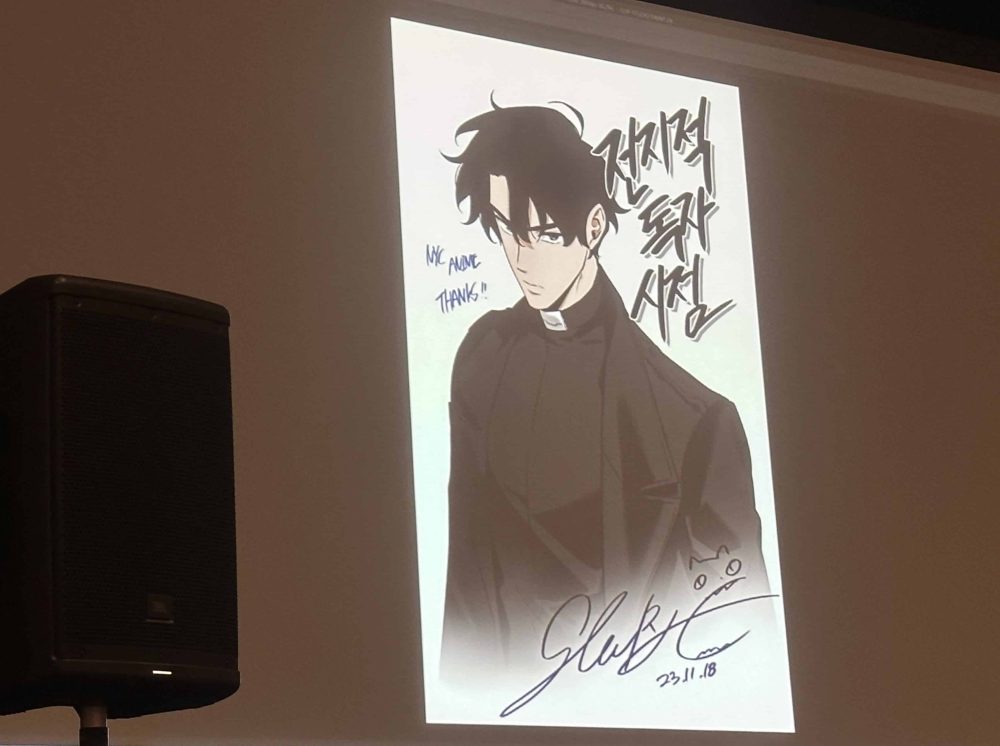
The Beat would like to thank IZE Press and Sleepy-C for the opportunity to participate in this interview, along with REDICE Studio and RIVERSE for helping make this event possible.


